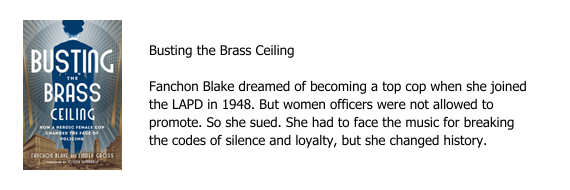In last week’s blog post, I talked about the importance of building a platform even as you’re still writing your book. Even in this age of social media, public speaking for writers is essential, especially since it can actually form the basis for your social media platform.
Public speaking for writers may sound like an oxymoron, but it’s not. Sure we feel more comfortable with the written word. But unless you’re a wealthy narcissist or simply using writing as a creative outlet or for catharsis or self-exploration, you’ll actually want someone to read your words. A lot of someones. To make that happen, you’ll need to drum up interest in yourself as a writer and/or in your topic.
Even though you eventually want to talk to the biggest audiences you can find, you need to start small so you can hone your message and your public speaking skills. Venues that regularly need speakers range from special interest and service clubs to business networking groups. Professional organizations whose members get together regularly usually include a program component in their meetings, which means they need speakers. Many Chambers of Commerce and Rotary Clubs offer public speaking opportunities. Depending on what you’re writing, you can also approach companies about giving presentations to their employees.
Eventually, you may be able to command a speaking fee. Two organizations to check out once you hit that level: Speaker Services and Speaker Zone. If you get really, really good at public speaking and are commanding fees of $3,000 to $5,000 per speech, you may eventually want to try and convince a speaker’s bureau to take you on. They probably won’t proactively line up speaking gigs for you—that’s a job for your dynamic website. (Yes, we’ll get to that down the line.) But handling the logistics may be worth the percentage you’ll have to pay them.
For now, let’s get back to public speaking for writers basics. For a public presentation to work, keep the following advice in mind:
- Focus your presentation on a single topic. You can’t share everything that’s in your book. Keep the message simple and targeted.
- If you want to use visual aids like PowerPoint, do not write everything you’re going to say on your slides and then read them. Deadly! Use them as you would use photos or sayings in a book.
- Make sure you can give your speech or presentation even if your accompanying video, PowerPoint or other presentation software fail, which they often do.
You’ll find more public speaking for writers dos and don’ts here. While these details are important, however, you’ll really want to remember to feature stories in your presentation since that’s what people respond to and remember.
Since you’re a writer, you’ll probably be tempted to perfect your speech in written form and then memorize it. In my experience, being super familiar with your topic and then speaking from an outline works better. You’ll come off as more natural and authentic. This doesn’t mean that you’re going to wing your speech. Having a tight outline with your introduction, main points and stories, and conclusion is key. You’ll also want to make sure you’ve practiced your “off-the-cuff” speech enough so you have the timing down.
Don’t forget to provide an audience sign-up sheet for those interested in staying in touch and/or learning more about your topic. That’s how you’ll start building your mailing list. You might even see whether you can get a list of attendees. While you would need them to opt in to you mailing list, you can ask them to do that when you thank them for attending your public speaking event.
A final public speaking for writers recommendation: Make sure you videotape every single presentation or speech you give. Even a botched speech can usually provide material for a short YouTube video and a good one can provide material for a long video or a dozen or more short ones. So:
- Find a professional videographer for the job.
- Make sure you have a good mike and clip it to the neckline of your shirt, jacket or scarf.
- As I learned the hard way, do not wear that fabulous big necklace if you want the mike to pick up your words rather than a bunch of jangly noise.
- Don’t stand in one place like a stiff board. Move around. Point to your slide or emphasize a point with big hand gestures. Make eye contact. In short, convey a sense of excitement that your audience and your viewers will respond to.
Good luck! Let me know how it goes and please share any tips you might have.




















0 Comments